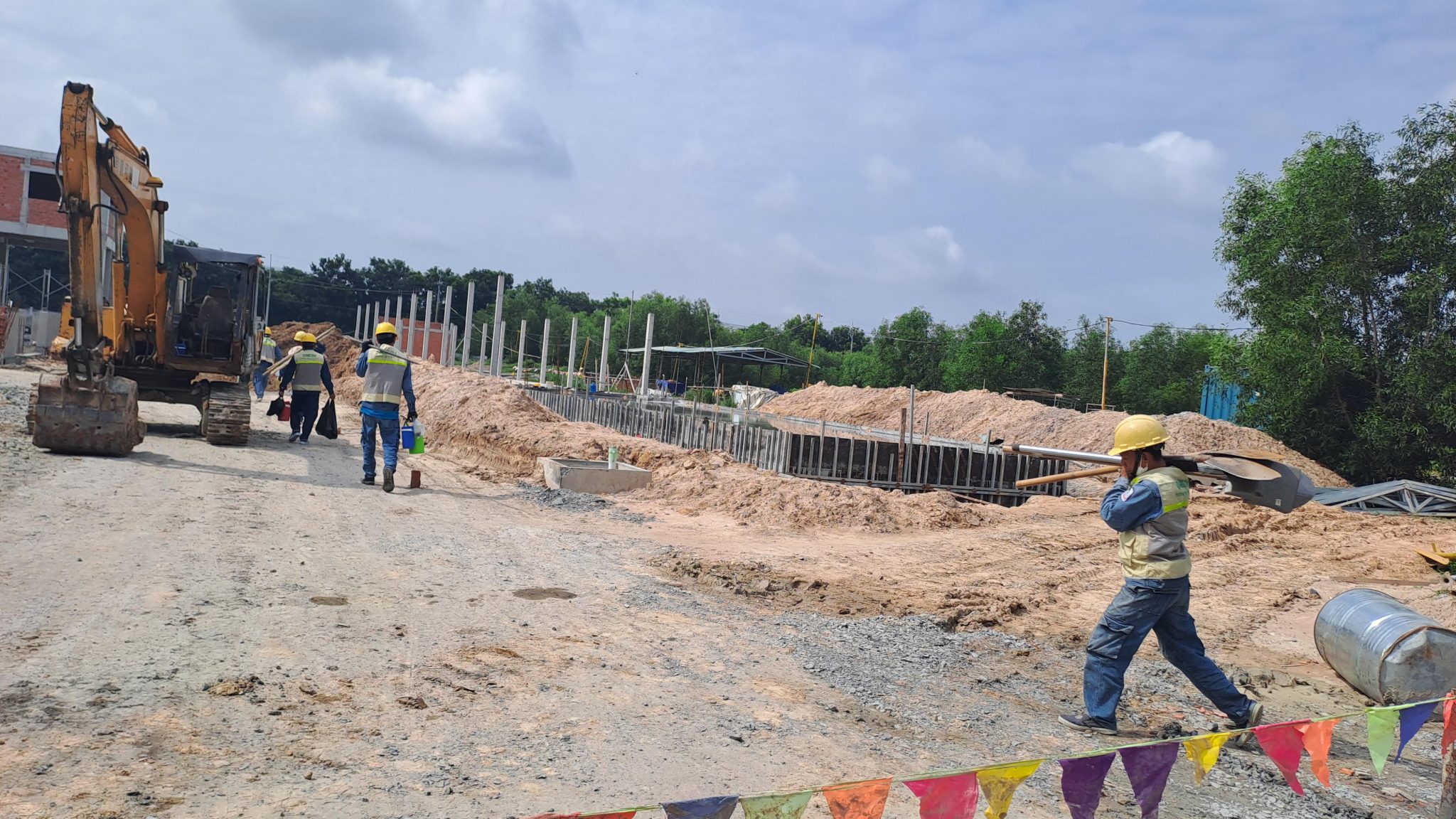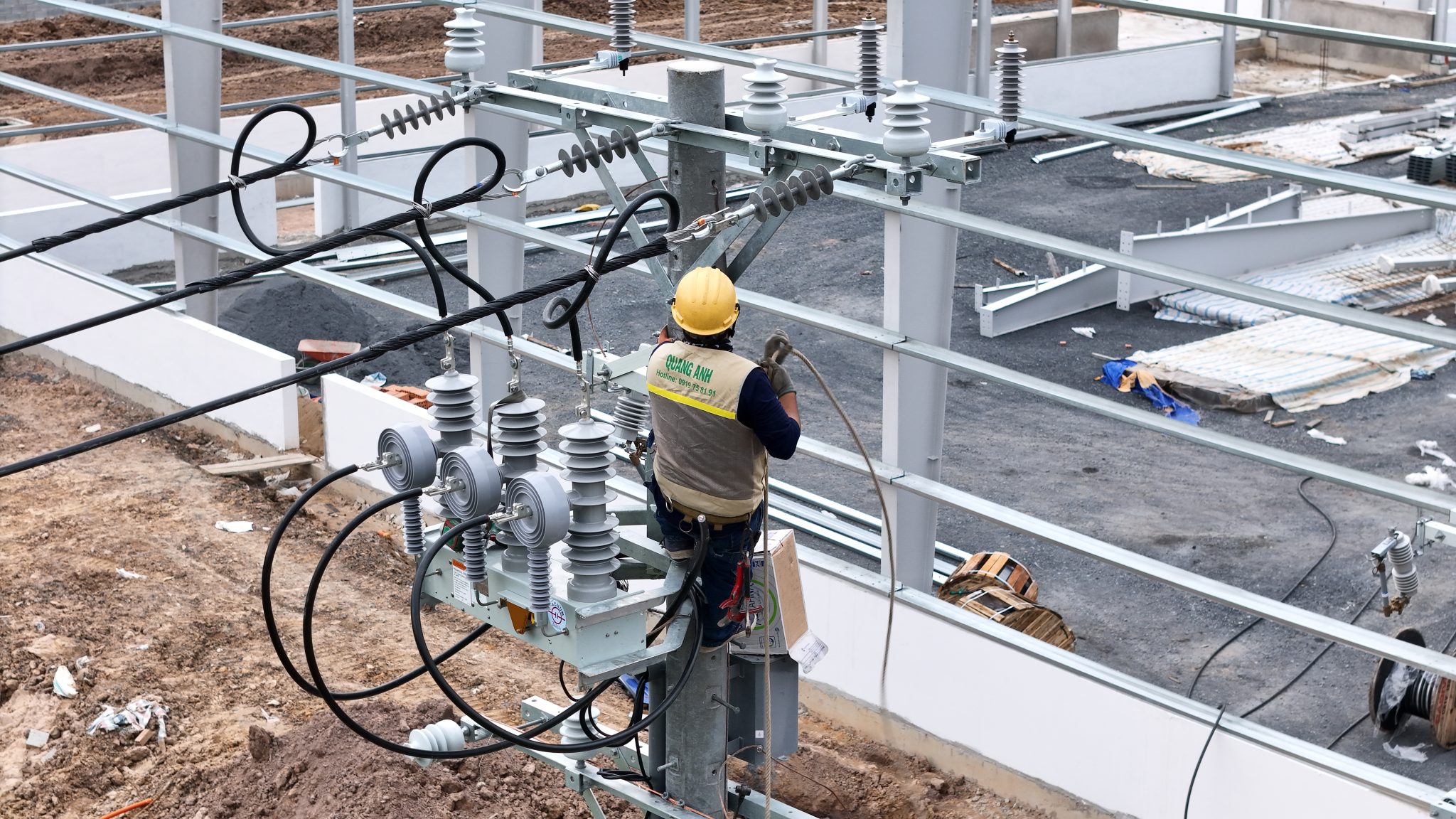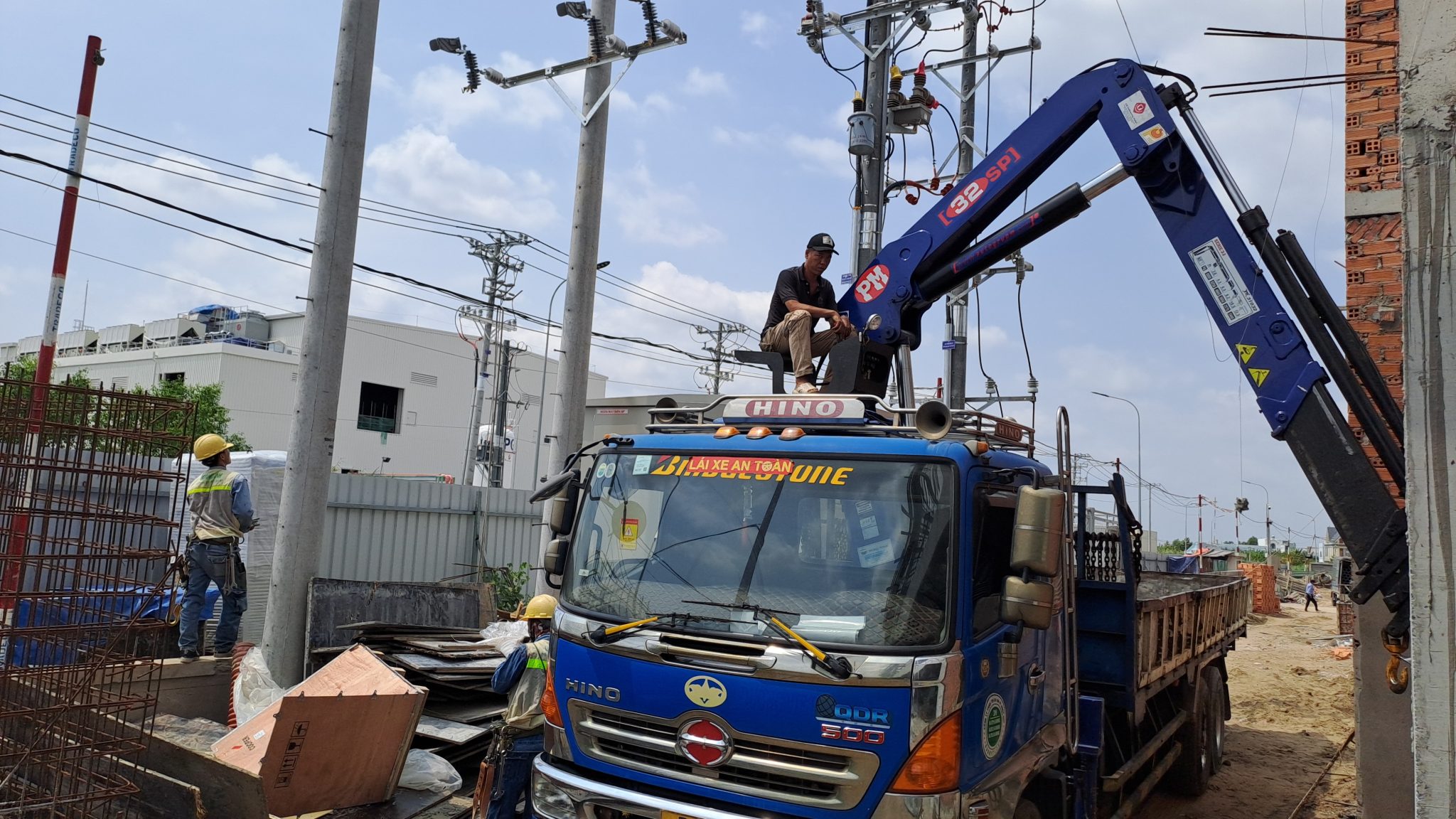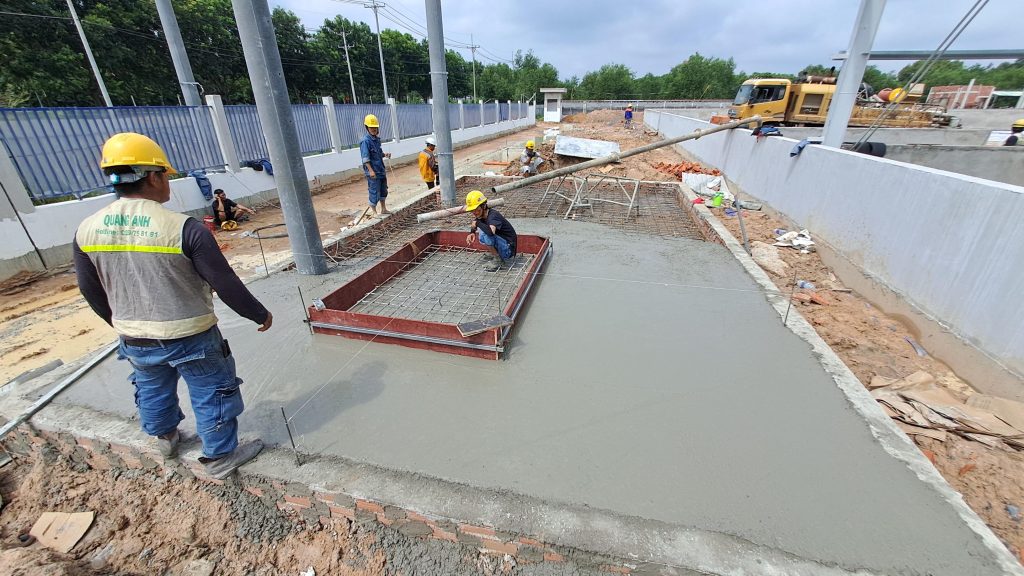News
Upgrading the Electrical System: Meeting Energy Needs, Integrating Renewable Energy, and Developing Electrical Infrastructure
Upgrading the electrical system is a critical topic in the context of increasing electricity demand, ensuring efficiency, safety, and integration of renewable energy.
Demand and Goals for Upgrading the Electrical System
The national electrical system needs upgrading to meet economic growth and energy demand. Traditional energy sources like coal are increasingly restricted, while renewable energy such as wind and solar power is being prioritized for integration into the system. The goal by 2030 is to enhance the system’s flexibility to ensure a good integration of renewable energy sources and add capacity to maintain the stability of the power system. This will lay a solid foundation for the sustainable development of the energy sector.
Vietnam is entering a period of strong growth in electricity demand, which requires a comprehensive upgrade of the electrical system. Vietnam’s electricity demand is continuously increasing due to economic growth, with a forecast that each 1% economic growth will lead to a 1.5% electricity growth. By 2025, electricity production is projected to reach 347.509 billion kWh.
One of the important goals is to implement Electricity Planning VIII, aiming to achieve a national power capacity of 150 GW by 2030. This includes integrating renewable energy sources such as wind and solar power, along with adding flexible thermal power sources to ensure the stability of the power system with the addition of renewables.
To meet the increasing electricity demand, investing in power source and transmission grid projects is crucial. The total investment from 2021 to 2030 is expected to be around USD 134.7 billion, with USD 119.8 billion dedicated to power sources and transmission grids. Accelerating the progress of existing power projects and planning new projects is a necessary strategy to increase power generation capacity.
Finally, system flexibility will help optimize the use of renewable energy sources, reducing the burden on traditional energy sources. Ensuring power system efficiency through these investments will not only meet current needs but also lay the foundation for a sustainable future.

Electrical Upgrade Projects in Vietnam
In Ho Chi Minh City, the Electricity Corporation is accelerating the completion of grid upgrade and renovation projects, aiming to operate 10 new projects from now until the end of 2024. Nationwide, the goal is to complete electrification for 20,520 households, with 8,966 households having their electrical systems upgraded safely by 2025. These projects are designed to ensure that 99.5% of households have access to electricity, promoting economic development and improving people’s lives.
The years 2024-2025 mark a significant step in Vietnam’s electrical upgrade process with a series of key projects being implemented. These projects not only focus on optimizing the power grid but also ensure stability and safety of the national power system.
110kV-500kV Power Grid Projects
The power grid projects from 110kV to 500kV are being actively deployed. In the first quarter of 2025, 37 projects have been started, and 57 other projects have been completed and energized. The main goal is to enhance transmission capacity and reduce power losses, effectively meeting load demands in key areas.
LNG Nhon Trach 3&4 Project
Located in Dong Nai province, the LNG Nhon Trach 3&4 project is in an active construction phase, expected to be operational before 2025. This project will integrate capacity from mixed-cycle LNG and liquified natural gas, contributing to the diversification of energy sources and enhancing flexibility in operating the national power system.
500kV North-South Project
This project is known for its 500kV transmission lines that are being expedited, especially in Vinh Phuc where land compensation and clearance is a major challenge. Nevertheless, the goal to complete by 30/06/2025 is being set as the highest priority.
Plan for National System Operation
According to Decision 3047/QD-BCT issued on 15/11/2024, strengthening load supervision and integrating renewable energy is a top priority. This is particularly important during peak months from April to July 2025, in order to maintain system safety through contingency plans against incidents.
Disaster Response in Operations
Solutions include developing flood and landslide response scenarios in the mountainous regions of the North and Central Vietnam. Real-time load forecasting systems are applied to ensure the balance of supply and demand, helping minimize risks caused by natural disasters.
Vietnam’s electrical upgrade projects from 2024 to 2025 aim to not only improve the quality of energy infrastructure but also lay the foundation for the sustainable development of the national power system.

Developing Electrical Infrastructure and Increasing System Flexibility
For the past 15 years, EVNNPT has heavily invested in constructing 500 kV and 220 kV transmission projects, playing a key role in ensuring stable power supply. The electricity development plan has shifted focus to cleaner energy sources, removing proposals to build new coal-fired power projects. System flexibility is key, especially for integrating offshore wind and solar power sources, expected to operate by the end of the 2029-2030 period. This is a major step in developing a flexible and sustainable electrical system.
Vietnam is enhancing electrical infrastructure development with the aim of making the system more flexible and sustainable. According to Electricity Planning VIII, several key objectives have been set to achieve this important transition. By 2030, the power system needs to reach a total power source capacity of about 146,000 MW to meet the increasing demand for electricity and maintain national energy security.
In this effort, the development of the transmission grid is an indispensable factor. The 500kV and 220kV transmission grid projects are being vigorously implemented with the goal of facilitating power capacity from power plants. This helps enhance the reliability of power supply and reduce power loss. Thanks to the application of N-1 and N-2 criteria in critical load areas, system stability has increased significantly.
Electrical infrastructure not only involves the development of the transmission grid but also progresses toward building a smart grid. By applying modern technology, Vietnam’s power system can integrate renewable energy sources such as wind and solar power. This not only ensures economical operation but also increases the ability to meet fluctuating load demands. Infrastructure for gas energy, especially LNG import and storage, is also being developed for effective use in gas power plants.
The integration of renewable energy sources helps increase system flexibility and reduce dependence on fossil fuels, in line with Vietnam’s commitments at COP26. To realize this, a significant need for land to develop electrical infrastructure has been identified, about 89.9 – 93.36 thousand hectares for the 2021-2030 period, and will increase to about 169.8 – 195.15 thousand hectares in the following period.

Upgrading the electrical system in Vietnam not only improves the capacity to supply electricity but also opens up opportunities to integrate renewable energy, driving economic development and environmental protection. This is a crucial long-term strategy to ensure sustainability and flexibility for the national power system.
Contact QuangAnhcons today via Hotline: +84 9 1975 8191 to learn more about the electrical system upgrade services and renewable energy solutions.
QuangAnhcons provides consulting and implementation services for upgrading electrical systems, focusing on grid renovation and renewable energy integration, helping customers achieve optimal efficiency in sustainable energy management and use.

 Tiếng Việt
Tiếng Việt 简体中文
简体中文 Deutsch
Deutsch 日本語
日本語 한국어
한국어 ไทย
ไทย Русский
Русский Français
Français
